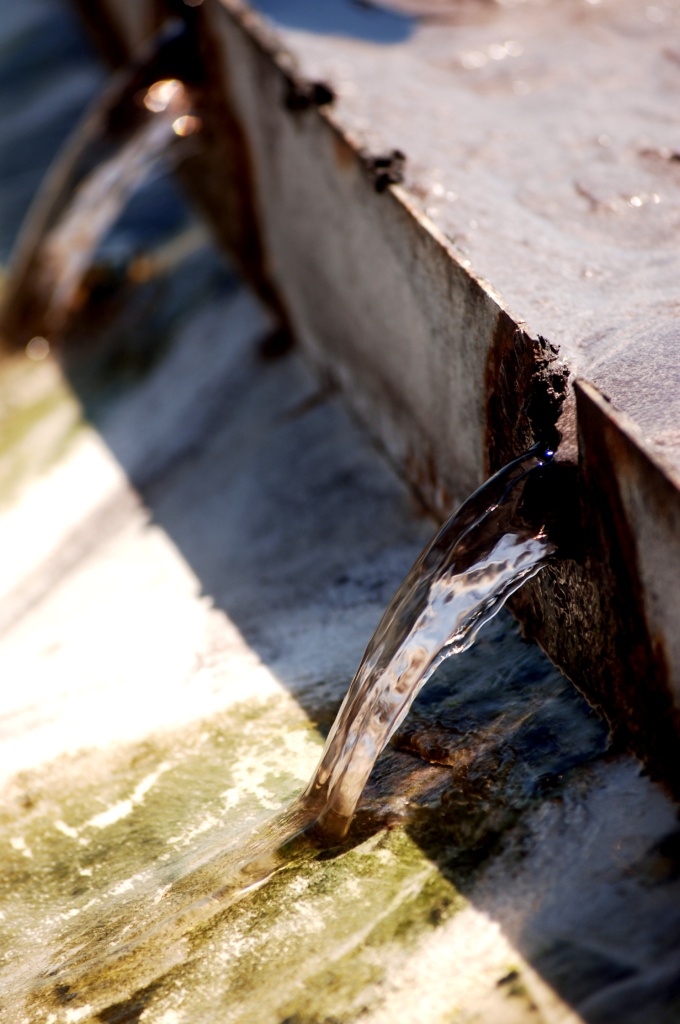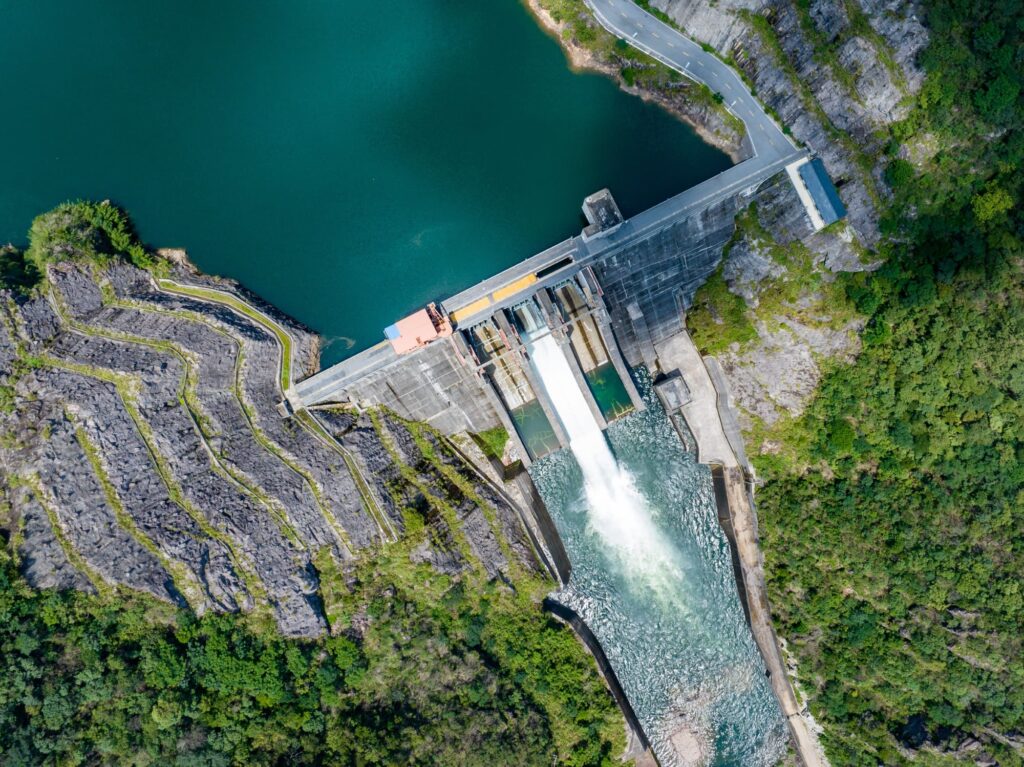Your challenges
Clients face a range of challenges related to undue inflows, which can impact system performance, operational costs, and regulatory compliance.

Increased Treatment Costs
Extra water inflow leads to higher volumes at wastewater treatment plants, increasing energy, chemical, and operational costs.
System Overload and Risk of Failures
Excess inflow can overload pipes and pumps, leading to backups, flooding, or damage to infrastructure.
Regulatory Compliance Risks
Clients may face fines or penalties if undue inflows cause untreated discharges or exceed permitted limits.
Detection Difficulties
Identifying sources of undue inflows (stormwater, groundwater, illegal connections) is technically complex and may require specialized equipment.
How does it work ?
Quantify Excess Volumes
Our approach begins with quantifying excess volumes by identifying the sources and causes of undue inflows, allowing for precise and targeted analysis.
Monitor Flows
We then monitor flows through detailed studies, prioritizing drainage basins that need the most urgent intervention.
Implement Corrective Actions
Finally, we define and implement corrective actions with targeted strategies to reduce undue inflows, optimizing both drainage and treatment processes.
Our positive impact
Addressing undue inflows delivers significant benefits, improving operational efficiency, reducing costs, ensuring compliance, and enhancing the overall performance and sustainability of the wastewater system.

Operational Efficiency
Reduced overloads in the sewer network and treatment plants, leading to smoother system operation.
Cost Savings
Lower energy, chemical, and maintenance costs due to decreased wastewater volumes.
Regulatory Compliance
Minimized risk of fines or penalties by preventing untreated discharges and staying within permitted limits.
Data-Driven Decision Making
Flow monitoring and source identification provide actionable insights for ongoing system management.

Key figures
15%
Aquapor Group - Undue Inflows rate
Contact our experts
FAQs
Undue inflows are water entering the wastewater system that shouldn’t be there, such as stormwater, groundwater, or illegal connections.
They increase treatment costs, overload the sewer network, risk system failures, and can lead to regulatory non-compliance.
Through flow monitoring, inspections, and specialized techniques like CCTV surveys, smoke testing, and water balance analysis.
Most interventions are planned to minimize disruption, and the benefits typically outweigh temporary inconveniences.

